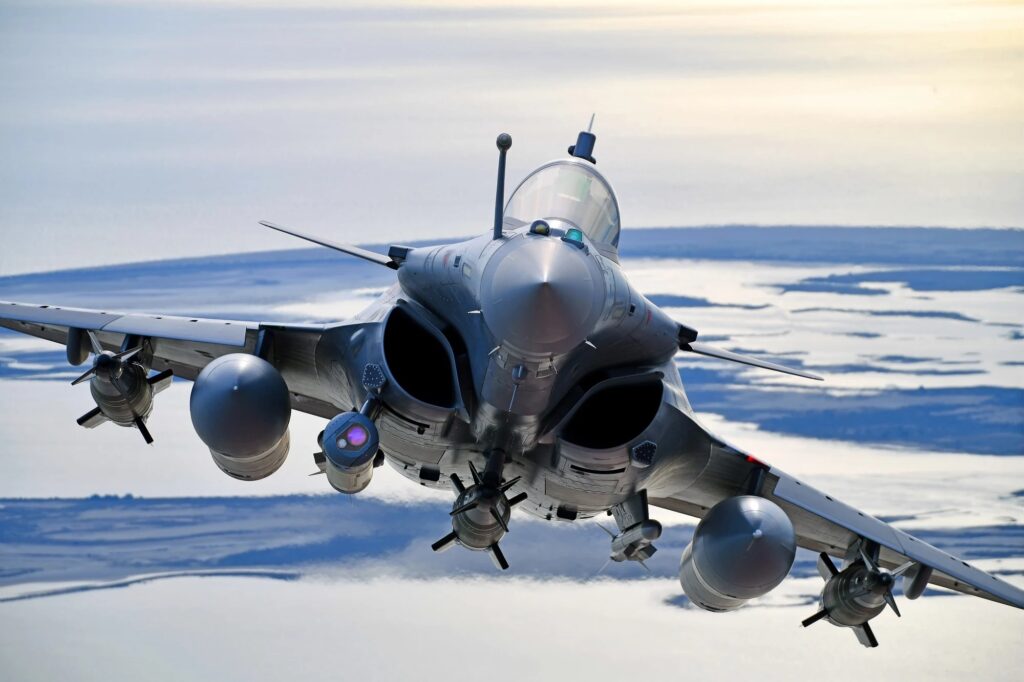Dassault Aviation will increase its monthly production of Rafale fighter jets from two to three by the end of 2024, CEO Eric Trapiier said.
The increase will help the French aircraft maker keep up with the jet’s existing orders, including the 42 aircraft purchased by Paris in December.
“We are going from a rate, which was almost less than one in 2020, where it became really critical, to a rate 3. Today, we are at rate 2,” a translated Trapiier quote by La Tribune read.
Nearly 500 Aircraft Ordered
A total of 234 Rafales have been ordered by France since the early 2000s for its air force and navy, according to Defense News.
Export orders for the 4.5 generation aircraft currently stand at 261, with customers including Egypt, India, the United Arab Emirates, and Indonesia.
Capacity for Increased Production
According to Trapiier, an increase in aircraft production will be achieved despite supply chain issues concerning subcontractors.
“We are observing certain delays in Rafale deliveries but they are not at the same level as the Falcons,” he said, referring to Dassault’s business jet.
He added that production could be raised to four aircraft per month if more orders are placed.
Doubts
Before the announcement, the International Institute for Strategic Studies doubted whether the annual production of the aircraft could even be raised to the mid-20s, stating that only 13 Rafales were produced in 2023 despite a goal of 15.
“The company has not yet given 2024 production guidance, though output will likely increase this year and next, given the strong demand,” Business Insider quoted the British think tank as saying, adding that Dassault has a production backlog of 228 aircraft.
“Even so, it is unlikely that annual aircraft numbers will quickly reach mid-20s.
“If Dassault production averages 20 Rafales per year across both 2024 and 2025, it leaves 188 aircraft to be delivered between 2026 and 2033. This would necessitate a delivery rate of almost 24 aircraft per year.”



